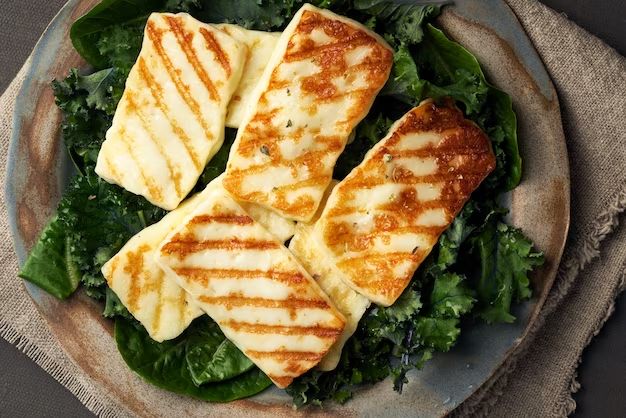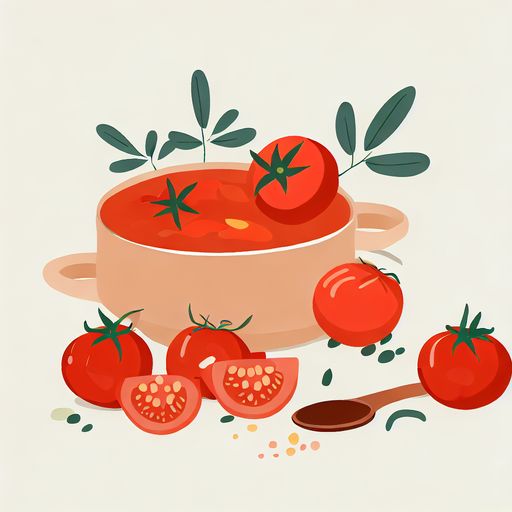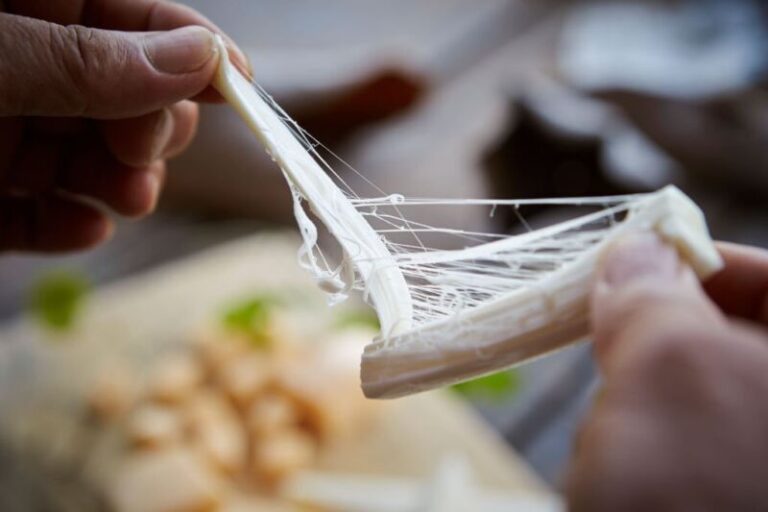The 5 Best Substitutes for Halloumi Cheese
If you’re a fan of halloumi cheese, you know how delicious it can be when grilled or fried. The salty, semi-hard texture makes it perfect for cooking without melting completely. But what happens when you don’t have halloumi on hand or can’t find it in your local grocery store? Don’t worry – there are plenty of great substitutes to choose from!
What is Halloumi Cheese?
Halloumi is a brined cheese that originated in Cyprus. It’s traditionally made from a mixture of goat and sheep milk, giving it a distinctive flavor. When cooked, the exterior gets crispy and brown while the interior stays soft and milky. This high melting point makes halloumi perfect for grilling, frying, or baking.
The salty, mild taste of halloumi works well in both savory and sweet dishes. I love using it in salads, sandwiches, pasta, and more. The firm, chewy texture also holds up well when cooked on the barbecue or in a skillet.
Why Substitute Halloumi Cheese?
There are a few reasons you may need a stand-in for halloumi cheese:
- Halloumi can be hard to find depending on where you live. It’s easiest to source in specialty cheese shops or international grocery stores.
- The price tag might be prohibitive if you cook with it often. Halloumi is more expensive than typical grocery store cheeses.
- You may want a vegetarian alternative if using goat/sheep milk cheeses. Some diners avoid or can’t digest these.
- Trying new cheeses can add variety to your cooking and introduce new flavors.
Luckily there are many excellent substitutes for halloumi that can achieve a similar texture and taste.
The 5 Best Substitutes for Halloumi Cheese
Queso Panela
Queso panela is a fresh cow’s milk cheese from Mexico that makes an excellent substitute for halloumi. The taste is mild, with only a hint of saltiness. It has a soft, semi-firm texture that doesn’t completely melt when cooked.
I love using queso panela for:
- Frying or grilling as you would halloumi
- Adding to sandwiches for a meatless option
- Chopping up in quesadillas or tacos
- Cubing and adding to salads
- Serving as part of a cheese board
This cheese is commonly used in Mexican cuisine. You’ll see it crumbled over dishes like burritos, tacos, and quesadillas. The mild flavor won’t overpower the other ingredients.
Paneer
Paneer is a fresh cheese common in Indian cuisine. It looks similar to halloumi, with a bright white color and firm texture.
To make paneer, milk is curdled with an acid like lemon juice or vinegar, then pressed into a compact shape. This gives it a high melting point, so it holds its form well when cooked.
The taste of paneer is light and delicate, since it uses condensed milk. It has a soft milky flavor rather than being overly salty. Using paneer as a halloumi substitute allows other ingredients to shine rather than overpowering them.
Some ways to cook with paneer include:
- Roasting in the oven
- Frying in olive oil with spices
- Grilling on skewers
- Adding to stews, curries, or rice dishes
- Mixing into vegetables
You may need to visit an Asian grocery store or bakery to find paneer. Make sure to press out any excess water before cooking so it properly browns.
Anari Cheese
Anari is a fresh whey cheese popular in Cyprus and Greece. It makes a great substitute for halloumi thanks to its crumbly texture and tangy flavor.
This cheese is made by heating whey, the liquid byproduct after making cheeses like ricotta. When the whey cools, the milk proteins form curds that are drained and shaped into anari.
The resulting cheese is light, bright white, and has a fresh flavor. It’s similar to mizithra, cottage cheese, or ricotta. You can find soft varieties as well as harder aged versions.
Anari won the bronze medal at the 2016 World Cheese Awards held in the UK. It’s gaining more international recognition for its delicious taste.
You can use anari for both sweet and savory dishes:
- Crumbling over salads
- Filling in pastries, pies, or cookies
- Sauteing in olive oil
- Mixing into omelets
- Serving with fruit or honey
Saganaki
Saganaki is a Greek cheese that’s fried or baked until golden brown. It makes a great swap for halloumi cheese.
This cheese is made from sheep or goat’s milk and is similar to feta cheese. Saganaki has a distinctive salty and squeaky texture. When cooked, it develops a delicious crust while remaining soft inside.
Saganaki is a mild white cheese with an appealing square shape. It’s fun to serve since it’s often fried tableside and flambéed with brandy.
Some tasty ways to cook with saganaki include:
- Frying and serving with lemon wedges
- Adding to breakfast dishes like eggs or pancakes
- Using in place of halloumi in pasta or salads
- Topping flatbreads or bruschetta
- Enjoying with a glass of ouzo or raki
Feta Cheese
Feta is arguably the most well-known Greek cheese worldwide. It makes an excellent substitution for halloumi, with a similar salty, tangy flavor.
This popular cheese is made from sheep or goat’s milk, sometimes blended with cow’s milk. It has a crumbly texture and is quite versatile in cooking applications.
Feta contains a high concentration of calcium and phosphorus. These minerals promote dental and bone health.
When purchasing feta, look for cheeses packaged in brine. The brining process gives feta its signature tangy taste.
Some ideas for using feta include:
- Crumbling over Mediterranean salads
- Adding to omelets, frittatas, or quiche
- Mixing into dips like tzatziki
- Combining with watermelon or cucumber slices
- Topping flatbreads, bruschetta, or crostini
The Takeaway on Halloumi Substitutes
Halloumi cheese is definitely delicious, but it’s also understandable if you can’t get your hands on some. Luckily, there are many excellent substitutes like queso panela, paneer, anari, saganaki, and feta.
All of these alternative cheeses can achieve the salty, grillable quality of halloumi. Their textures range from soft to semi-firm so they hold up well in cooking. Flavors vary from mild to tangy, allowing flexibility in recipes.
The next time a recipe calls for halloumi but it’s not readily available, try using one of these substitutes instead. Your dish will still taste delicious, and you may even find a new favorite cheese in the process!






